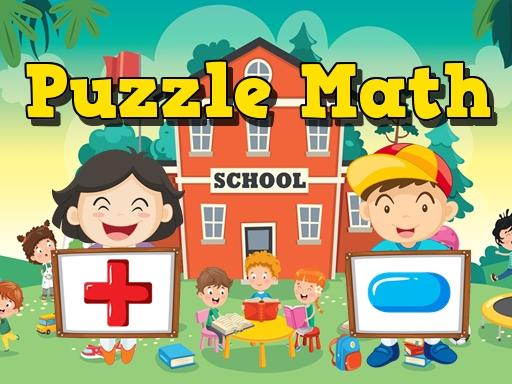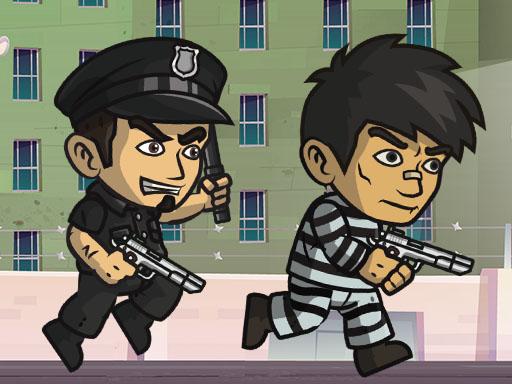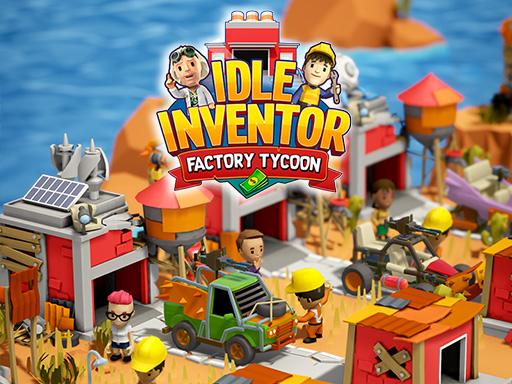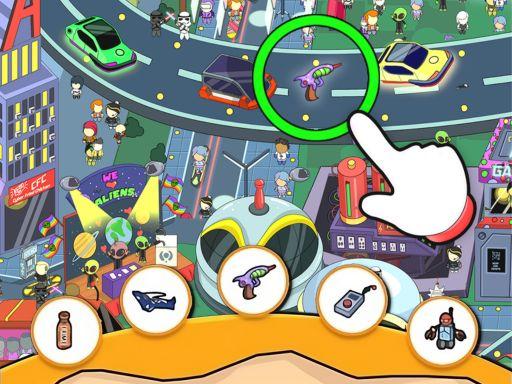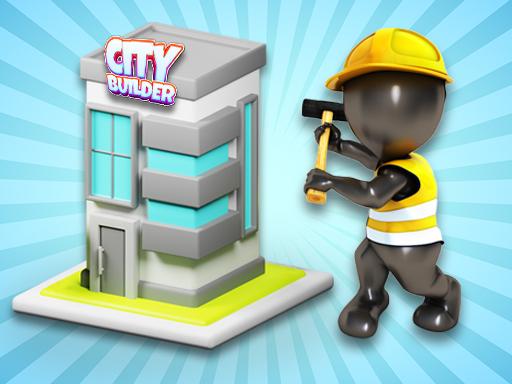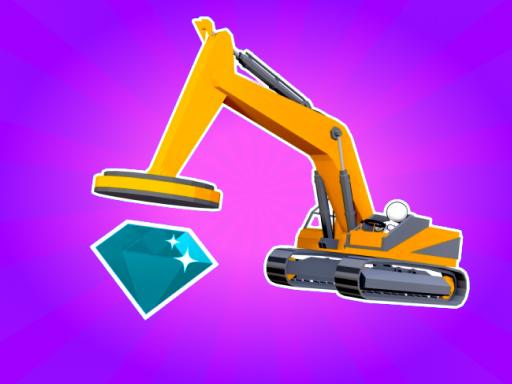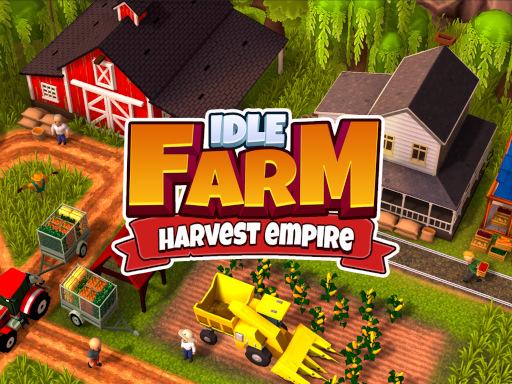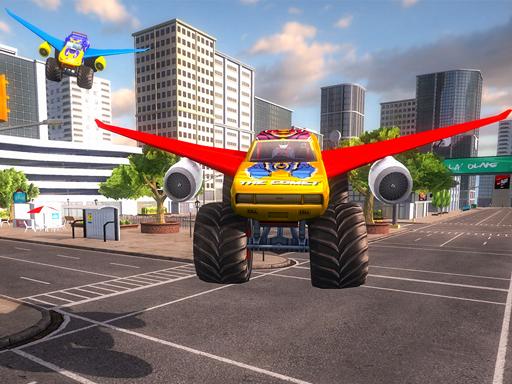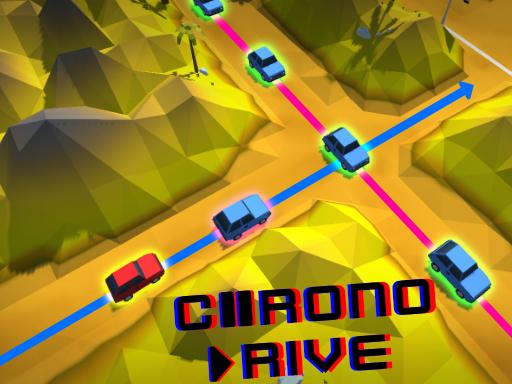New Games
City Builder
Introduction and How to Play City Builder Game
City Builder is a captivating and immersive simulation game that allows players to create and manage their very own virtual city. The game combines elements of strategy, management, and construction, giving players the power to design, build, and oversee every aspect of their city’s growth. Whether you’re a fan of city-building games or a newcomer to the genre, City Builder offers an engaging experience for all types of players.
In this article, we will introduce you to the City Builder game, its gameplay mechanics, and provide a step-by-step guide on how to play the game effectively.
What is City Builder?
City Builder is a simulation game where you take on the role of a city planner and manager. The goal is to build and develop a thriving city from scratch. You start with a small plot of land and must plan out residential, commercial, and industrial zones, construct essential infrastructure like roads and utilities, and ensure the happiness of your citizens. The game requires careful management of resources, budgeting, and strategic planning to achieve long-term success.
The game features a variety of tasks such as constructing buildings, managing city services (like police, fire, and healthcare), providing for the needs of the citizens, and balancing the city’s economy. As your city grows, you’ll encounter challenges such as traffic congestion, pollution, and the need for more advanced infrastructure.
How to Play City Builder
Here’s a step-by-step guide to playing City Builder, including tips on gameplay mechanics, resources, and city planning.
1. Starting the Game
When you first start City Builder, you will be given a plot of land where you will build your city. The game typically provides a limited amount of resources to get you started, so you need to use them wisely to build the foundation of your city.
- Selecting a Location: Choose a suitable location to begin construction. Some areas may have more resources, while others might be closer to key infrastructure like water or highways.
- Begin Building: Start by creating the most basic structures, such as roads, residential buildings, and commercial zones. As your city grows, you can unlock more advanced buildings and structures.
2. City Zoning
In City Builder, zoning is a fundamental aspect of city planning. You will need to designate specific areas of land for different purposes, such as:
- Residential Zones: These are areas where people will live. You’ll need to provide enough housing to accommodate your growing population. The quality of housing will depend on the resources and infrastructure you provide.
- Commercial Zones: Commercial zones are where businesses will be located. These areas generate income for your city and provide jobs for the residents. It’s essential to balance the number of commercial zones with residential and industrial zones to maintain a thriving economy.
- Industrial Zones: Industrial zones are key to the production of goods and services. They provide employment opportunities and contribute to the city’s economic growth. However, too many industrial zones can lead to pollution, so it’s important to manage them carefully.
3. Building Infrastructure
In order to ensure the success of your city, you must build and maintain key infrastructure that supports all areas of the city. Some of the most important infrastructures include:
- Roads and Transportation: Connecting different zones with roads and highways is essential for the smooth flow of traffic. Plan your road network carefully to avoid congestion and allow for easy movement of people and goods.
- Utilities: Every city needs water, electricity, and sewage systems. You’ll need to build power plants, water treatment facilities, and waste management systems to meet the needs of your growing population.
- Public Services: To keep citizens happy, you’ll need to provide essential services such as police stations, fire departments, hospitals, and schools. These services help maintain safety, health, and education levels within the city.
4. Managing Resources and Budget
As the mayor of the city, you must manage your resources and budget carefully. Here’s how:
- Money: You’ll generate income through taxes, but you must be careful not to over-tax your citizens or businesses, as this could lead to unrest or even a recession. Use your funds wisely to expand the city, maintain infrastructure, and pay for essential services.
- Resources: Resources like construction materials, fuel, and manpower are needed to build and upgrade structures. Efficiently managing these resources is crucial for the smooth development of your city.
5. Managing Population and Happiness
The happiness of your citizens is a critical factor in the success of your city. If your citizens are unhappy, they may leave or even protest, affecting your city’s growth. Here are some key factors that affect happiness:
- Employment: Ensure that your population has enough job opportunities. High unemployment can lead to dissatisfaction and even crime.
- Healthcare and Education: Build hospitals, clinics, and schools to keep your citizens healthy and educated.
- Entertainment and Leisure: Construct parks, sports complexes, and other recreational facilities to keep your citizens entertained and satisfied.
- Pollution: Manage industrial zones and waste to minimize pollution, as too much pollution can lead to health problems and lower happiness.
6. Dealing with Challenges and Disasters
As your city grows, you will face various challenges that require quick thinking and strategic management:
- Traffic Congestion: As more people move into the city, traffic can become a serious issue. Build more roads, highways, and public transportation systems to alleviate congestion.
- Pollution: Industrial zones can lead to pollution, which affects the health of your citizens. Invest in green technologies, such as wind or solar power, and build parks and green spaces to improve air quality.
- Natural Disasters: Cities can face natural disasters like earthquakes, floods, or fires. Prepare your city by building disaster-response facilities and ensuring that you have an effective emergency management system in place.
7. Upgrades and Expansion
As you progress in the game, you will be able to upgrade buildings, unlock new technologies, and expand your city. You can also unlock advanced buildings and features like skyscrapers, airports, and high-speed trains, which help make your city more efficient and attractive to residents and tourists.
Tips for Success
Here are a few tips to help you become a successful city builder:
- Plan Ahead: Always think ahead when designing your city. Leave space for future growth, and don’t overcrowd areas with too many buildings.
- Balance Resources: Keep a close eye on your city’s resources and budget. Don’t overspend, and always make sure you have enough funds to cover essential services and infrastructure.
- Focus on Happiness: Happy citizens are the key to a thriving city. Provide essential services, maintain low pollution, and create recreational spaces to keep them satisfied.
- Use Mods or Guides: If you’re playing a more complex version of City Builder, use online guides or mods to help you manage advanced features and solve tough problems.
Conclusion
City Builder is a fun and engaging game that allows players to create, manage, and grow their own city. With careful planning, resource management, and attention to the needs of your citizens, you can build a thriving metropolis. Whether you’re playing for relaxation or seeking a challenge, City Builder offers hours of entertainment and strategic gameplay. By following the tips outlined in this guide, you’ll be well on your way to becoming a master city planner and manager. So, grab your blueprint and start building your dream city today!
Instructions
Click For Make Money
Click On Buttons for Interact
 Home
Home Popular Games
Popular Games Categories
Categories